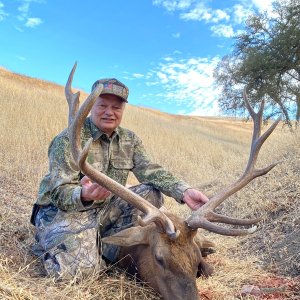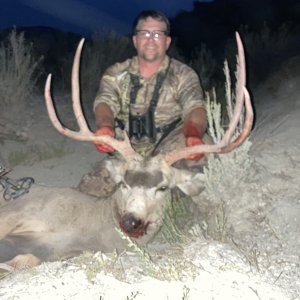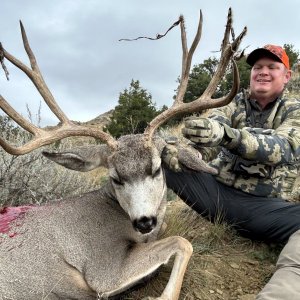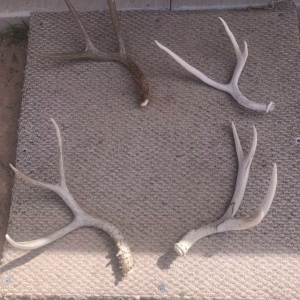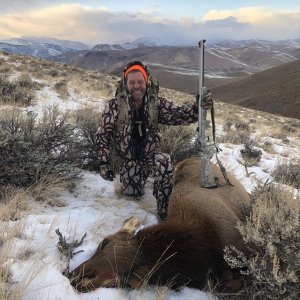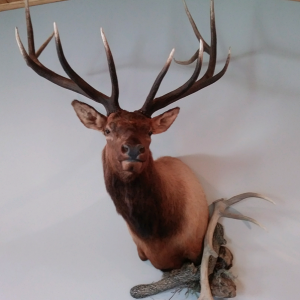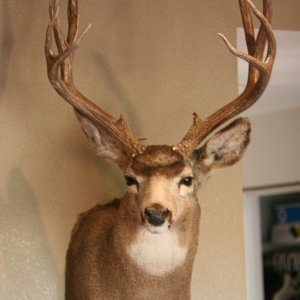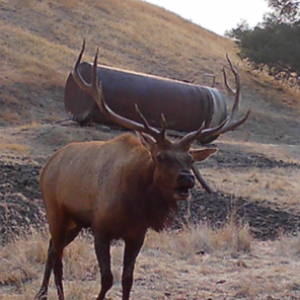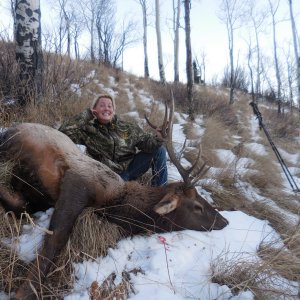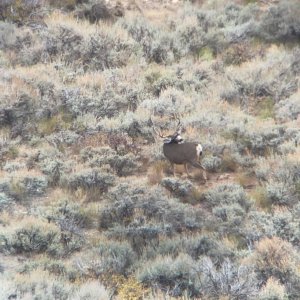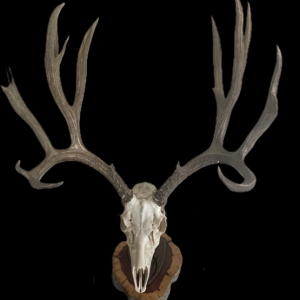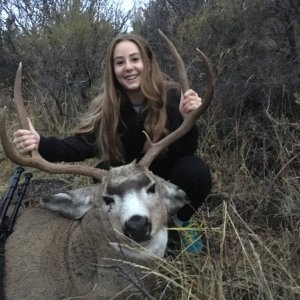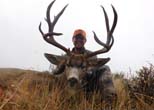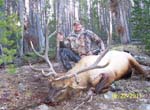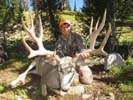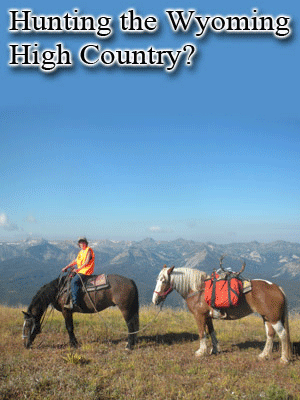BuzzH,
I have many of the same concerns that you do, especially the approach which seems to be "we know we have a problem, let's throw a bunch of money at it, and after that, we'll figure out the specifics of the problem and come up with some actions." It is definitely putting the cart in front of the horse.
Specific to some of the points you raised, it has actually been my experience in the last 10 to 15 years especially, that funding has not been the major stumbling block in getting habitat management on the ground. Between WLCI, WWNRT, RMEF, MDF, etc., there are many outlets that are BEGGING for good habitat projects to support and fund. The opportunities for leveraging funds are limitless, and I believe that the formation of the Habitat Partnership is a fantastic vehicle to leverage these funds, if it is a focused, "on the ground" management oriented group. I am much more concerned with the regulatory roadblocks that we are now dealing with. Over 70% of the crucial winter range in the Platte Valley is considered sage grouse core area, and in spite of the assurances otherwise, this is a HUGE impediment to managing vegetation in these areas. Unfortunately, it has resulted in a mindset that "every sagebrush is sacred" in many circles, especially in Cheyenne with the various agencies' state management.
Like you stated, the various land management agencies are not bound by what the working group recommends. I think that the "on the ground" types are very receptive to being a part of the Habitat Partnership, but upper management is most likely more swayed by political and especially industrial concerns, and these agencies are, after all, bound to a multiple use mandate, which sometimes may be at odds with habitat needs. From what I'm hearing, the WGFD, at the director level, considers the Platte Valley issue to be huge, so we may see pressure at the state level for the fed land management agencies to get on board. I think that this will be what it takes to make the initiative a priority, especially with the current atmosphere pushing industrial development which monopolizes the time and resources in some of these agencies.
Limiting factors and baseline data - you're correct, we need to establish exactly what the problem is. Furthermore, it needs to be clearly stated in the plan, along with black and white goals and objectives for the plan, which are lacking in the current draft version. IMO, if our goals are to emphasize and improve the hunting experience, we need to state it up front and emphasize the parts of the plan which will address these issues, i.e. limited quota management structures. If the goals are to enhance the overall population of the herd, then it needs to be emphasized that fawn recruitment and the dependence on habitat improvement are the objectives. I think the draft plan addresses both of these issues, but doesn't lay it out right out of the gates which can confuse and mislead the public.
The intro to the Population Management section includes a quick and dirty description of the history of the population objective. One of the highlights IMO is that the number is based more on what was "popular" with the public and WGFD personnel, and did not represent what the habitat could or could not support. The draft plan does specify that the department would evaluate the current population objective as to its sustainability. What worries me is that the current wintering populations in the valley (which are below objective) continually hammer the crucial winter range forage, year after year. What does that tell us?
I have heard some discussion of the way that the quotas would be managed, partially by specific unit, and partially via more of a regional approach, but nothing in concrete, I believe until they get comments on the draft and move toward the season setting meetings in March.
Again IMO, once the Platte valley goes to a limited quota management system, area 82 and 100 west of the Sierras will follow, and the rest of the state shortly after. Also IMHO, we will never see limited quota management return to general licenses, whether justified or not. The WGFD seems to be moving more towards management base on public opinion rather than science. If that is a good direction to go or not, time will tell.
I agree with your last paragraph 100%.
As I'm sure you know, the department is taking written comments until the 1st of March. I have a bundle, as I'm sure you do also, I would encourage the public (that has actually read the draft plan) to comment as well.

